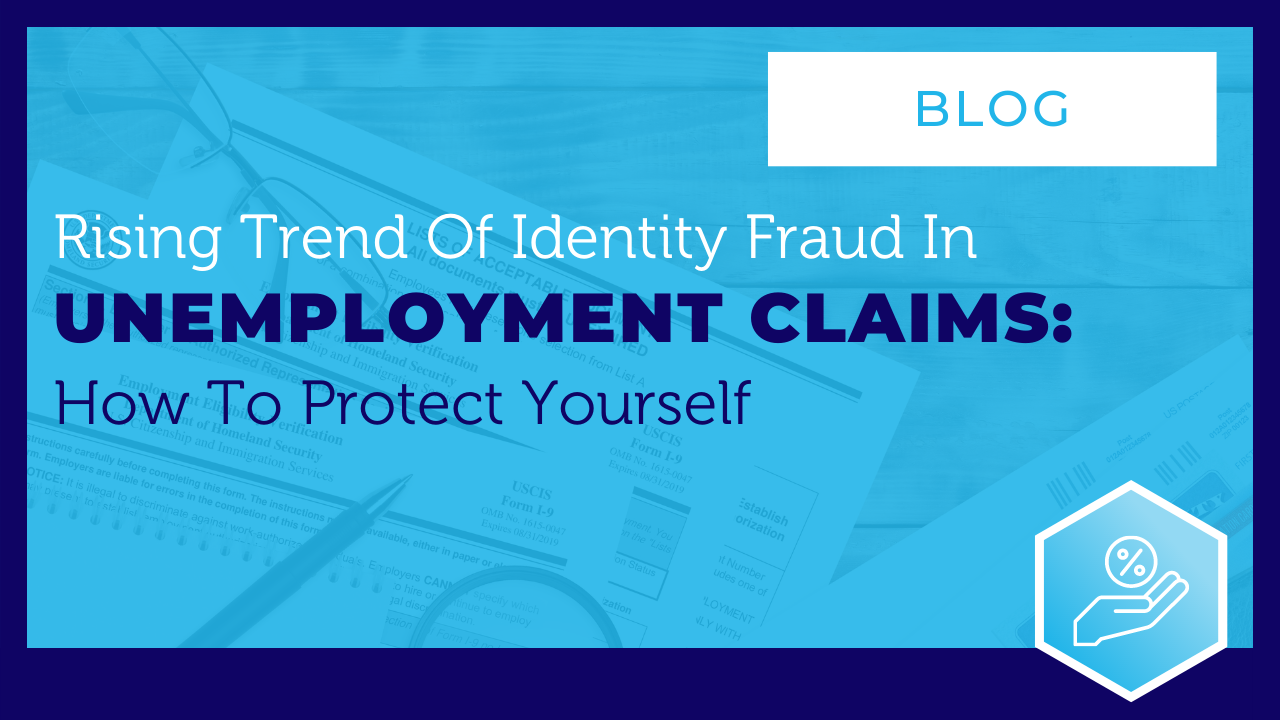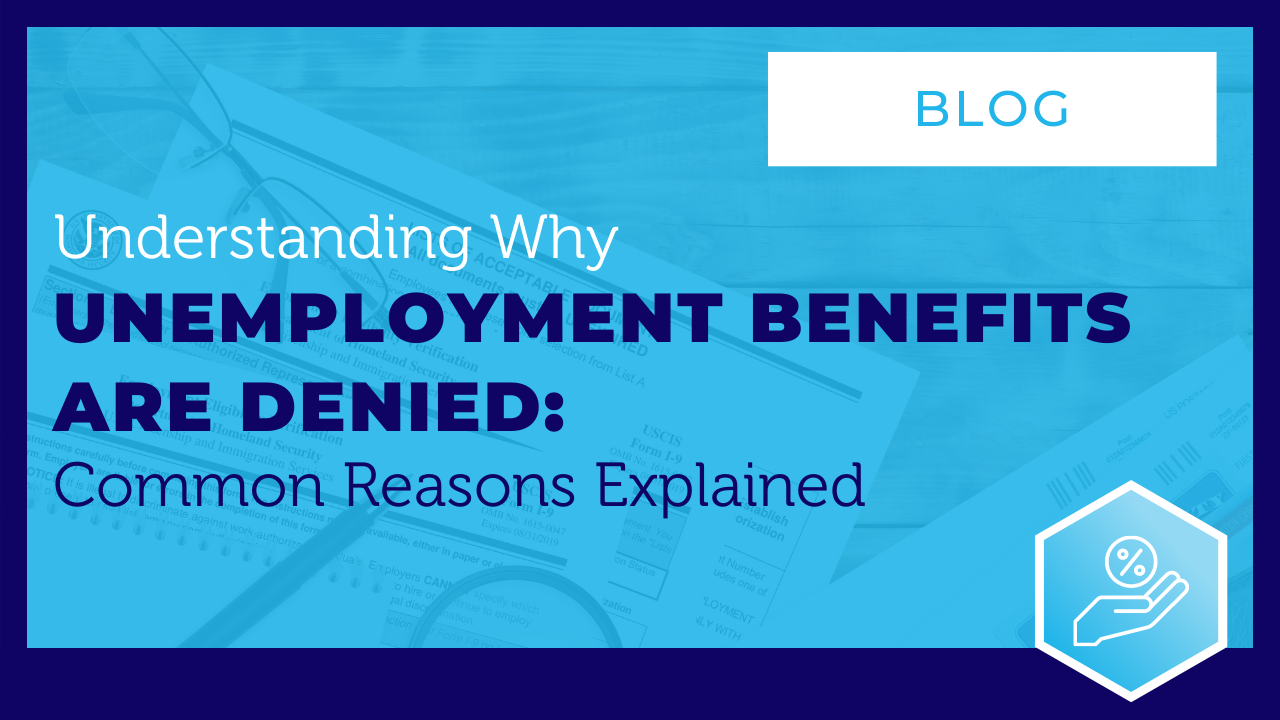SyncStream maintains a tenured, knowledgeable staff who continually monitors changes to the employer mandate regulations and updates solutions as laws evolve. SyncStream removes the burden of ACA compliance and provides penalty risk assessments and suggested corrections to reduce your company’s risk of high IRS penalties. Subject matter experts utilize SyncStream’s user-friendly compliance software to track employee hours, auto-populate forms, audit forms, and e-file for thousands of ALEs. SyncStream’s Full Service Total ACA solution can simplify your ACA compliance needs.
2023 ACA Reporting: Changes Employers Need To Know
Lindsay Morton • 30 March 2023
ACA Reporting Standards & Deadlines Change in 2023

As an employer, it's crucial to stay informed about changes to the Affordable Care Act (ACA) reporting requirements. With this in mind, we've compiled some important updates for 2023 that you need to be aware of to ensure compliance.
First and foremost, the deadline for submitting Forms 1094-C and 1095-C to the IRS has been extended to March 2, 2023. This deadline applies to both electronic and paper filing. While this is good news, it's important to remember that the extra time shouldn't be wasted. Use it to double-check your reporting and ensure that all information is accurate and complete.
Another notable change is the elimination of offer of coverage code 1G. Previously, this code was used to indicate the offer of COBRA continuation coverage. Moving forward, employers should use a different code for this purpose. This change aligns with the IRS's goal of streamlining and simplifying ACA reporting.
There are also updates to the forms themselves. The 2023 version of Form 1094-C includes a new checkbox for employers to indicate if they are filing for a short tax year. This change applies to employers who changed their tax year during 2022.
In addition, Form 1095-C now includes a new code, 1J, which is used to report the conditional offer of coverage to a spouse. This code is used when the employee is offered coverage that is conditional on the spouse not being eligible for employer-sponsored coverage.
It's worth noting that the ACA reporting requirements can be complex, and noncompliance can result in significant penalties. It's important to stay up-to-date on any changes and to ensure that your reporting is accurate and complete. If you have any questions or concerns about ACA reporting, consider seeking professional advice.
In conclusion, it's crucial for employers to stay informed about changes to ACA reporting requirements. With the deadline extension and updates to codes and forms, it's important to review your reporting procedures and make any necessary updates to ensure compliance. By staying informed and proactive, you can avoid costly penalties and ensure a smooth reporting process.
About SyncStream

The occurrence of Unemployment Identity Fraud is increasing rapidly . This type of fraud involves the use of someone else’s personal information by criminals to unlawfully receive unemployment benefits. This fraudulent activity is often referred to as “Claim Hijacking” or “Claim/Account Takeover,” where the fraudsters use stolen information to log into the victim’s unemployment account and steal their rightful benefits. Individuals who are victims of unemployment identity fraud may only become aware of the situation when they receive unexpected mail, such as a notice from a state unemployment agency or a state-issued 1099-G tax form, which reports unemployment benefits that they never requested or received. In some cases, those who have filed for unemployment benefits may realize that they have fallen victim to “Claim Hijacking” or “Claim/Account Takeover” when they suddenly stop receiving their payments, and they notice that the bank account or address information on their unemployment claim has been altered without their consent.

What is a letter 226-J Letter? A Letter 226-J is the initial letter issued to Applicable Large Employers (ALEs) to notify them that they may be liable for an Employer Shared Responsibility Payment (ESRP). The determination of whether an ALE may be liable for an ESRP and the amount of the proposed ESRP in Letter 226-J are based on information from Forms 1094-C and 1095-C filed by the ALE and the individual income tax returns filed by the ALEs employees.

What is unemployment insurance? Unemployment insurance provides financial assistance to individuals who lose their jobs through no fault of their own. In accordance with federal guidelines, every state offers unemployment insurance benefits to eligible individuals. However, not all unemployed individuals qualify for these benefits. It is the responsibility of the employer to inform the state whether or not an unemployment insurance claim is warranted. What qualifies a terminated employee to receive unemployment insurance? Employers pay into the federal and state unemployment insurance funds, which are used to provide financial support to eligible individuals requesting the unemployment insurance benefit. Eligibility for UI benefits can be established in several ways, such as in cases of company reorganization, job redundancy, or seasonal or temporary employment contracts ending. If an employer reduces an employee's hours or a temporary layoff is caused by a natural disaster, the employee may also qualify for UI benefits. What disqualifies terminated employee? Nonetheless, some individuals may not be eligible for unemployment insurance. For example, the length of an individual's employment with a company and their earnings during that time can disqualify them. Additionally, non-W2 employees, such as contractors or freelancers, are not eligible for UI benefits through the employers they have serviced. When an individual applies for UI benefits, the state agency reviews their application and may automatically deny benefits based on the individual's employment history, earnings, and type of employment. There are also cases where individuals may not qualify for UI benefits, such as voluntarily leaving their job or being terminated due to misconduct. In such cases, employers need to address state claims requests that they believe do not qualify for UI benefits. Employers must recognize that UI claims are not just "the cost of doing business." An employer's UI tax rate is the only tax rate that can be controlled by responding to state claims. Over time, the payout of UI claims to former employees can raise an employer's UI tax rate, which can affect the businesses bottom line. Thus, effective claims management is critical. A team of UI claims management specialists can help employers stay compliant with state nuances, protect their bottom line, and focus on their present employees.
